Safest Countries in South America
April 8, 2020
It just may surprise you that South America is in a more peaceful state than the US according to the 2019 Global Peace Index report. But, no matter where in the world you’re planning your next adventure, there are some important safety considerations.
South America is made up of 12 different countries each with its own geopolitical climate: Argentina, Bolivia, Brazil, Chile, Colombia, Ecuador, Guyana, Paraguay, Peru, Suriname, Uruguay, and Venezuela.
The Global Peace Index report names Argentina, Chile, Ecuador, and Uruguay as the most peaceful countries but as of this writing, the US Department of State advises travelers to exercise increased caution (Level 2) when traveling to Chile, Ecuador, and Uruguay along with several other South American countries because of crime and civil unrest. Venezuela is at Level 4, a “do not travel” advisory so always check before you go.
One reason to choose a guided tour in South America is because their in-country experience can provide an extra layer of safety. With the exception of Venezuela; however, this doesn’t mean you can’t travel unguided or even solo in South America. Read on for safety tips and more on solo travel.
Travel Safety Tips in South America
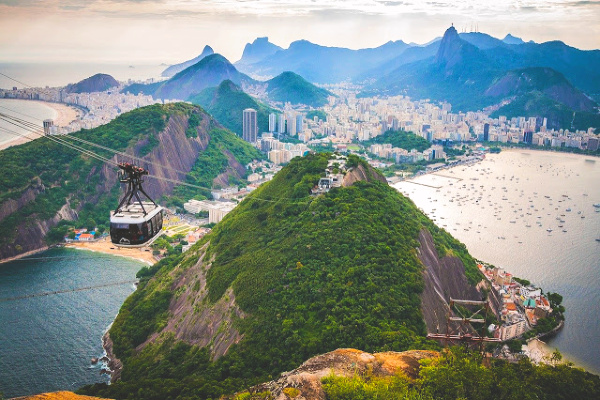
How to travel safely should be on everyone’s mind not only during trip research and preparation but also during the trip itself.
Here are some safety tips that apply no matter where you’re traveling. It’s important to remember that high levels of poverty, especially in Bolivia, Guyana, Suriname, and Venezuela, can create conditions that lead to higher levels of crime, particularly petty theft.
1. Valuables. Leave valuables locked in a safe in the hotel room. Even better, don’t bring them at all. Don’t wear jewelry. A thin gold chain has more value to some than you may think. It’s amazing how quickly it can disappear even when not distracted.
Unfortunately, distraction scams are all too common in some areas, particularly in larger cities where poverty is more prevalent. Consider keeping minimal cash in more than one place and keep an emergency credit card in the hotel safe.
2. Places to avoid. Ask your hotel for places you should avoid and if they say not to go during the day, certainly don’t go there at night.
3. Scams. ATM scams, people posing as fake police asking for your identity as a distraction tactic, and fake taxis (Ecuador and possibly elsewhere) are things to look out for.
4. Driving in South America. Argentinians, Brazilians, and Bolivians are known for their reckless driving. The rules of the road aren’t often followed or enforced and conditions can be hazardous.
Road signs, if they exist, may definitely not be up to American standards. It’s best to obtain an international driving permit if you plan to drive in South America. Travel.State.Gov provides more information on driving and road safety by destination.
5. Large bags. Backpacks especially are good targets for thieves as they’re likely loaded with lots of items of potential value and worn behind you, it’s an easier target. Keep whatever you’re carrying to a minimum and keep it close to your body.
A loose bag strap is a perfect snatch and run target. Keep things out of easy reach; for example, avoid laying your purse down on an open-air restaurant tabletop. Consider buying a lock for your bag to deter thieves.
6. Health. The health infrastructure isn’t what it is in the US. Especially if you have a health condition, have a plan. Of course, make sure you take any medications with you.
7. Move Like a Local. Dress like the locals whenever possible so as to not draw attention to yourself. This also signals respect for the local culture. Know where you’re going - you’re more likely to walk with confidence which can deter would-be thieves and, you’re less likely to end up in a bad part of town.
8. Be Prepared. Keep a record of what’s in your wallet including credit card numbers and the credit card customer service numbers in case they’re stolen. Make copies of your passport and International Driver’s Permit. Keep these in a hotel safe.
9. Cell Phone, Internet and Tracking. Avoid public wi-fi by setting up your own mobile hotspot (you’ll need a SIM card) and password protect, enable tracking, and install wiping software on your phone so you can destroy the data if it’s stolen. Consider not using geotags when posting to social sites so thieves can’t track where you are.
10. Be Observant. Keep an eye out for things that don’t look right and while it’s better to use your phone’s GPS than a map which screams not being familiar with where you are, try to limit the time you spend with your head buried in your cell phone. Burying your head in your cell phone can be especially tempting to do on a bus or train.
Now that you’ve considered how to be safe when traveling to South America, it’s time to think about where to go and where not to go.
How well do you know the world?
Play the gameContinues below
...continued
Safest Places to Travel in South America
1. Argentina
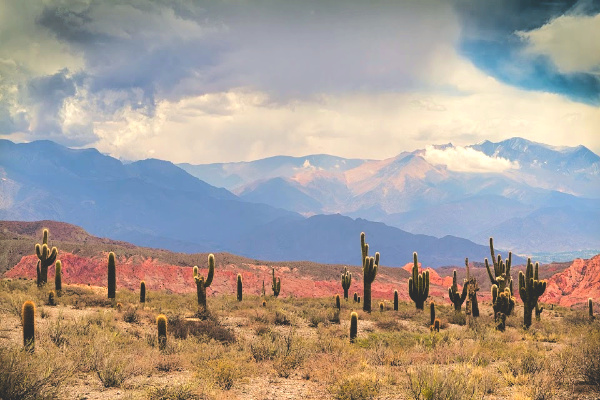
The wild terrain of Patagonia, European flair of Buenos Aires, and largest waterfalls in the world, Iguazu Falls, draws millions of tourists to Argentina each year. Their dollars reinforce the industry which means, in general, a higher degree of safety.
2. Chile
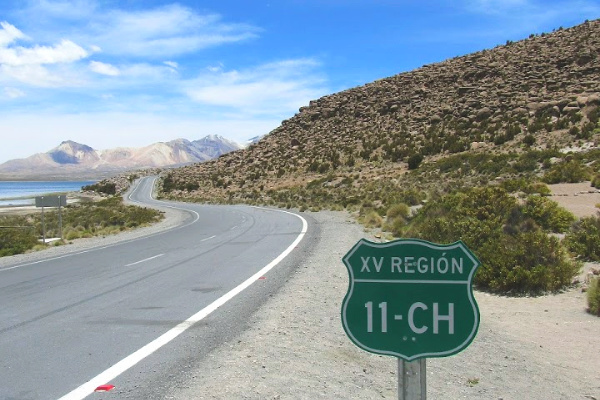
Chile isn’t too far behind Argentina when it comes to the number of tourists that flock there each year whether to spend time in the capital of Santiago, the Atacama Desert or explore the mysteries of Easter Island. Recent civil unrest has led to demonstrations that present risks to personal safety so stay aware.
3. Ecuador
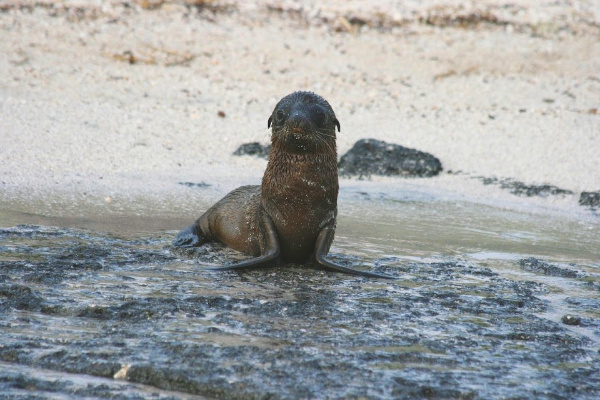
Each year, over 2 million tourists travel to Ecuador to experience the Galapagos Islands, a UNESCO World Heritage Site, the still active Cotopaxi Volcano, and Festival of the Sun, Inti Raymi among other attractions. Like Chile, civil unrest and crime do exist as it exists in many other parts of the world. Again, be aware.
4. Uruguay
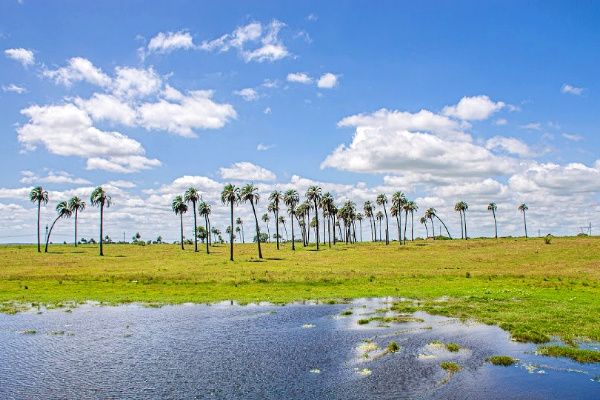
Uruguay, Argentina, Chile and Ecuador all rank high on the Global Peace Index report. Lots of local tourists from adjacent Argentina and Brazil visit Uruguay and for international tourists making their way to Argentina or Brazil, Uruguay is often overlooked. Visit its capital, Montevideo, with its colonial architecture, 15 miles of Atlantic coastline and peaceful vibe.
5. Paraguay
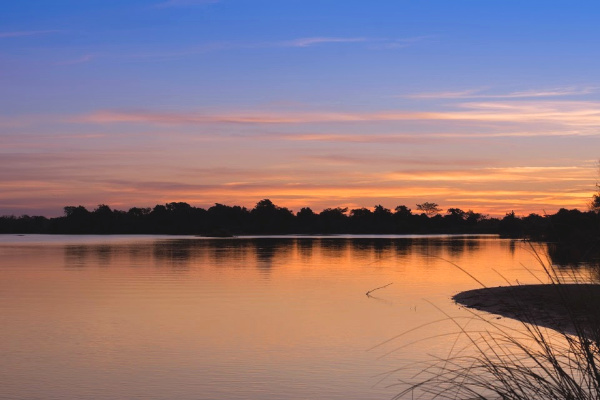
Paraguay, land locked by Brazil, Bolivia, and Argentina is geographically isolated. This has likely contributed to tourists numbering under one million each year but those who go are said to cry once when they arrive and again when they leave.
It could be, too, that Paraguay’s wilderness and large population of indegenous people in the western Chaco along with its largely unexplored north filled with marshes, lagoons, and rainforest begets less turbulence.

While Argentina, Chile, Ecuador, Uruguay, and Paraguay often make the list when it comes to the safest places to travel in South America, it’s a good idea to do your own research on safety when you’re planning your travel.
Even if a country is at Level 1 where normal precautions are advised by the U.S. Department of State, there could be areas within that country where travelers should exercise increased levels of caution or, where travel is not recommended at all. Read on for more specifics.
Most Dangerous Places to Travel in South America
Venezuela is not recommended as it usually tops the list of most dangerous places to travel in South America. The U.S. Department of State details why. From shortages of food, electricity, water, medical supplies, and medicine to homicide, armed robbery, kidnapping, and carjacking among other safety concerns, if safety is a high priority then Venezuela won’t be on your itinerary.
Other areas to avoid include the border between Colombia and Peru in the Loreto region; several departments in both Colombia and Peru; the favelas or unregulated housing areas of Brazil; any areas within 100 miles of Brazil’s borders (not applicable to the Iguacu or Pantanal National Parks); and certain areas of Ecuador.
If you’re headed to these areas regardless, the State Department does offer suggestions including information specific to traveling in high-risk areas and other advice such as not traveling between Venezuela’s Simon Bolivar International Airport and Caracas at night and not taking unregulated taxis from the airport.
At this point, you might be thinking that a guided tour is the best way to go. Stride has you covered with hundreds of trips to the region!

Continues below
...continued
Taking Guided Tours in South America
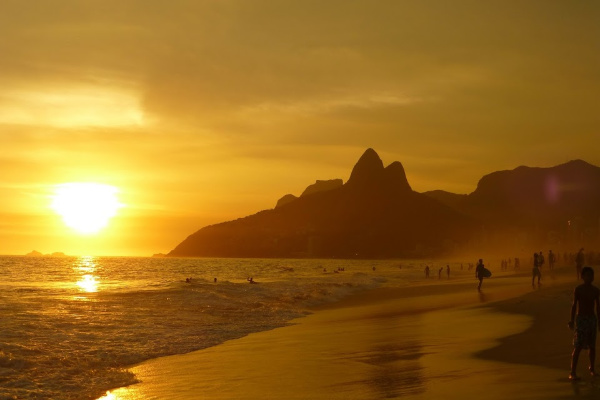
South America boasts such a singularity in landscapes, gastronomy, and culture that more and more travelers from Boomers or Millenials are making their way there.
For the savvy traveler, even Colombia, which has earned itself an especially bad wrap for its drug trafficking and violence, is falling off the list of countries to avoid. With twelve countries to choose from in one of the largest continents in the world, a guided tour is sure to show you the highlights along with some hidden gems.

Guided tours manage logistics to the worlds’ longest, driest and highest including Angel Falls in Venezuela; the Atacama Desert in Chile; the Amazon river basin in Peru, Colombia, and Brazil, and the Andes Mountains that soar through seven different countries.
A guide will ensure you take the best route with the right gear as you traverse the Andes to the Incan city of Machu Picchu in Peru. A naturalist can tell you about the marine species in Ecuador’s Galapagos Islands that are found nowhere else on Earth.
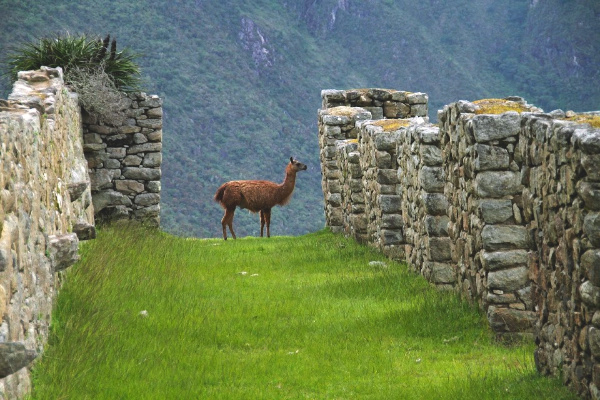
And how can you beat the comfort of a small river cruise suite as you take in the Amazon river basin? Did you see the monkey sleeping in the tree branches from your canoe? You might have missed it if it weren’t for the expert guiding you on your Amazon canoe excursion.
See all guided tours to South America
Tips for Booking Accommodations
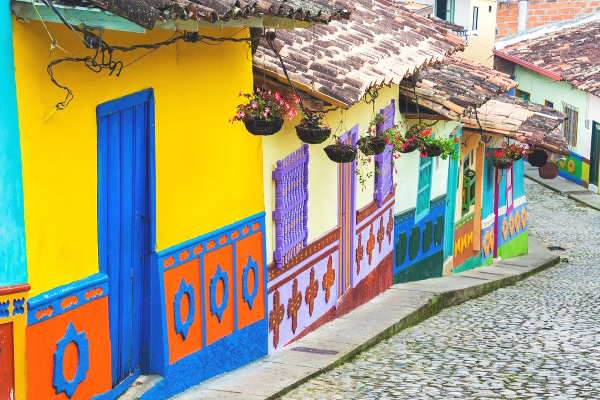
South America is said to have some of the world’s most unique and luxurious properties that include eco (sustainable and budget), bungalows, farms, and of course, resorts.
If you’re headed to Brazil, there are hundreds of Airbnbs whether you’re looking for an apartment in Rio, a modern property set above a private beach or anything in between. Expect plenty of options for $50 (and well below) per night, depending on when you book.
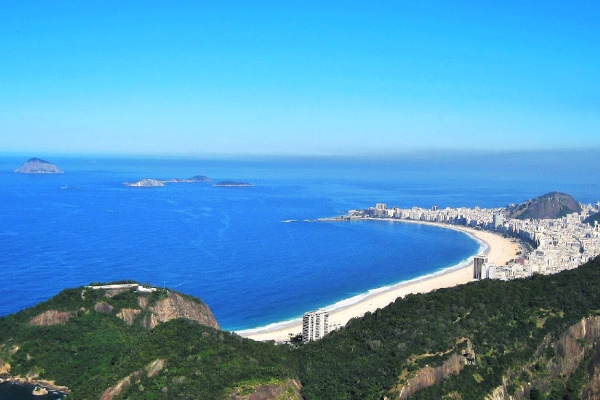
There are other Airbnb options in South America where, in Argentina for example, you’ll have plenty of Buenos Aires apartments to choose from in trendy neighborhoods like Palermo.
If you prefer the services and amenities of an American hotel brand, you’ll find Best Western, Marriott and Hilton properties among others in city centers. And if luxury is more your style, properties like the Four Seasons’ in Bogota, Buenos Aires and Sao Paulo will be sure to pamper and spoil any traveler.
Whether American or a local hotel brand, you’ll find a number of sites on the web that list the top resorts in South America, the best eco-lodges in South America, the best beach resorts in South America, and one of the most popular searches, the best all-inclusive resorts in South America.

Keep in mind that websites have their own rating systems so while one website may list a property as 4 stars, another might list it as 3 stars. Check each site’s rating system guide so you’ll be able to get a better idea of the hotel and whether it’s up to par with what you’d like to expect while staying there.
For more “people’s choice” awards, traveler’s reviews are generally candid - sometimes too candid - but they can be a good reference for whether other travelers’ expectations were met given the price paid for the services and amenities provided.
Continues below
...continued
Solo Travel Safety in South America

Traveling solo is a popular travel topic these days as more and more opt for the adventure, but let’s talk safety beyond the aforementioned.
One aspect of safe travel that bears repeating is to move with confidence. That means knowing where you’re going. This requires some preparation whether via inquiry, consulting guides, GPS or maps, especially if wishing to explore anywhere after dark.

Other things to keep in mind when traveling solo include:
1. Ask taxi drivers for fare estimates before you hop in. This is a good practice whether traveling solo or not.
2. Explore areas that are open and frequented by others, locals and tourists alike. Take this precaution especially at night. Avoid off the beaten track destinations unless going with a reputable group and guide.
3. Trust your gut. If something doesn’t feel right, it likely isn’t.
4. Accommodations with a desk that is attended to 24 hours a day will ensure that if you arrive late, you will still be able to check-in.
5. Be open to meeting new people but be wary so you can avoid any potential scammers or other unsavory characters.
6. Leave a copy of your itinerary with family or friend and register with the U.S. Department of State. This is good practice for those not traveling solo as well.
7. Arrive during the day to get your bearings. It will be less threatening and you’ll also be less likely to find deserted areas, services shut down or an unattended hotel.
8. Make friends doing things you love to do whether it’s finding a local yoga studio or joining guided group trips for part or all of your stay.
Best Countries in South America for Solo Travel

South America is inhabited by extremely friendly, welcoming and open people which makes it a superb destination for solo travelers.
Beyond considering the safest places to travel discussed above, you’ll find the countries most often touted for solo travel are those that offer the most diverse range of experiences whether spotting wildlife that will make your jaw drop, savoring cuisine that will send your taste buds into overdrive or spending the night in accommodations that will leave you wondering whether you could stay for a month.
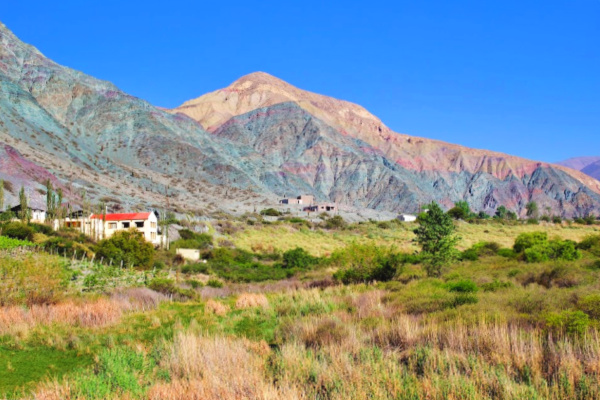
So, while the countries listed below are often mentioned as top solo travel destinations in South America, they’re for just about anyone.
- Ecuador and the Galapagos Islands
- Uruguay
- Chile
- Argentina
For an intimate, shared table dining experience that will give you the opportunity to meet locals while enjoying scrumptious food, check out the “Puertas Cerradas” or closed-door restaurants in Argentina. In Chile, they are called “Cenas Escondidas” or hidden restaurants.
Best South American Countries for Female Solo Travel

Some additional considerations if you are a female traveling solo is to tap into your knowledge and experience. Do your research first. This in itself will give you great confidence, no matter your gender.
You might consider exploring unknown areas of your home city, state or country to gain experience and thus confidence before booking your trip to South America. Use your intuition and don’t be paralyzed by the often misguided zeitgeist when it comes to the female traveler who is at peril when she decides to travel alone. You go, girl!
Health
Check with your insurance company to make sure you are insured for travel abroad and you may wish to inquire about medical evacuation which can be extremely costly. And in general, Medicaid and Medicare do not offer medical costs whilst traveling overseas. The US Department of State, Travel.Sate.Gov, offers additional information.
If you haven’t heard of Montezuma’s Revenge, AKA traveler’s diarrhea now’s the time to learn about it. It comes from consuming microorganisms present in food or water that your body doesn’t like.
Bolivia is known to use human feces as fertilizer and whether there or in other South American countries, safe food handling and water supply systems may not be up to par. It’s best to follow the “peel it, cook it, boil it or forget it” rule.
Routine vaccinations are recommended along with others; for example, yellow fever depending on your destination. Consult the CDC’s traveler’s health notices by country for the most up to date information.
Staying Safe While Hiking in South America
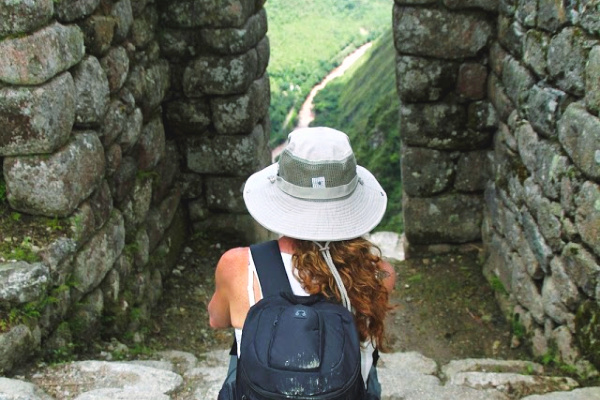
Stroll through cities and along the beaches. Trek through rainforests and jungles. Hike across glaciers, deserts, and volcanos. Staying safe depends on where you’re headed.
Weather and trail conditions, altitude, insects, whether it’s a multi-day trip, whether it’s accessible only via an approved tour company and last but not least, your own conditioning. Below are three examples of the different environments you might encounter during your travels.
You’ll get an idea of what you need to consider in order to stay safe. If headed for the Andes in particular, be sure to research altitude as altitude sickness could put a big damper on your trip and can be downright dangerous.
1. Lost City Trek, Colombia - You might be up for 28 miles over 5 days at altitudes under 5,000 feet but with very little flat terrain, mosquitos buzzing, heat, humidity, and potential downpours, you’ll need to be prepared with the right training, equipment, food, and water. Go with an approved company as it’s the only way you can access La Ciudad Perdida.
2. Lencois Maranhenses National Park, Brazil - Undulating, white, sand dunes sweep across most of the park’s 43 miles on Brazil’s northeastern coast. You can rent quad bikes, ATVs or horses that come with a guide, set out on your own or join a 4x4 tour group.
The environment is harsh so sun protection is a must along with water and a swimsuit to cool off in the crystal clear, rainwater fed lagoons. Winds can be strong especially in October and November and sometimes it’s easier to walk in your socks depending on the type of sand.
3. Laguna de Los Tres, Patagonia, Argentina - This moderately difficult, out and back 13-mile day hike will reward you with magnificent views, the least of which being Mount Fitz Roy, weather permitting.
You’ll gain about 3,000 feet in elevation and speaking of weather, it can change quickly and winds can be strong so be prepared with the right gear.
Continues below
...continued
Important Things to Know Before You Go
1. Language
While knowing some Spanish, Portuguese (Brazil) or both depending on where you plan to travel might be helpful, it’s not a requirement by any means. You can still have the trip of a lifetime.
2. Money
Currency is different for each South American country although Ecuador uses the US dollar. US currency is the easiest to exchange no matter where you are traveling and avoid large bills wherever possible as you’ll find that some establishments don’t want to return large amounts of change or exchange large bills.
Call your credit card company and bank to let them know where you’ll be traveling as credit cards are widely accepted (Visa and MasterCard more than American Express) and you don’t want a hold to be placed on your card for suspicious fraud.
ATMs are readily available in large cities; withdraw extra cash if visiting remote areas. You might wish to check your out of network ATM charges as well as exchange rates to make sure you aren’t over-paying. Be especially careful when withdrawing cash from an ATM in Brazil.
Tipping is not expected by taxi drivers or in bars; restaurants sometimes include a 10% gratuity. Bargaining is an art form in some areas but it is not as common a practice in Argentina, Chile, Uruguay, Brazil, and Paraguay.
3. Smart Traveler Enrollment Program
Visit Travel.State.Gov to sign up for the Smart Traveler Enrollment Program so that you can be informed of safety and security alerts for the destinations you are traveling to.
4. Visas and Other Documents
Travel.State.Gov can also inform you of visas and documents required depending on your length of stay. Most countries allow tourist stays between 30-180 days.
Ready to travel?
Connect & Share
"Safest Countries in South America"
